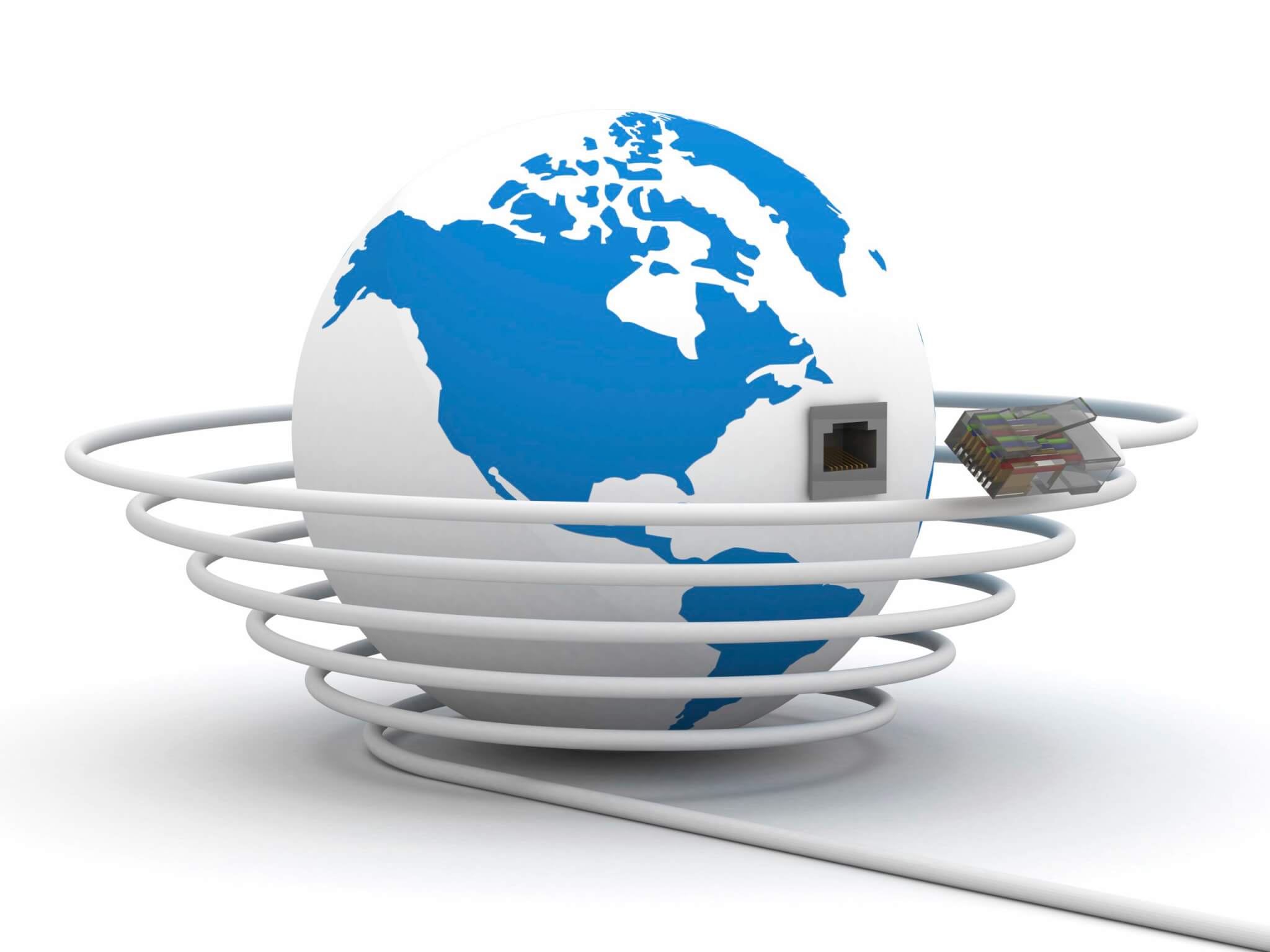 The coming generation of enterprise Wi-Fi Access Points will allow higher than 1 Gbps sustained payload data rates between the radio interface and the wired network to which they are connected. For this reason, current LAN infrastructure, that is mostly Gigabit Ethernet over CAT5e cabling, will become the bottleneck on the LAN communications.
The coming generation of enterprise Wi-Fi Access Points will allow higher than 1 Gbps sustained payload data rates between the radio interface and the wired network to which they are connected. For this reason, current LAN infrastructure, that is mostly Gigabit Ethernet over CAT5e cabling, will become the bottleneck on the LAN communications.
The alternatives to overcome this bottleneck are various, each one with its own advantages and pitfalls.
A first approach could be to move to 10 Gbps technology (10GBASE-T). This would solve today’s problem and would leave a guard gap for a mid-term increase of bandwidth needs. The problems of this approach are not only a higher cost of the infrastructure (Access Points and Switches) but mostly the need to replace current local cabling. Today over 85% of installations use CAT5e and CAT6 cables, (a classification of the LAN cables based on their quality or capacity for transmitting higher data rates), which are not able to support 10G speeds. To be more precise, CAT5e cables do not support 10G at all and CAT6 cables do support it, but only for cables up to 55 meters long, which are not enough for the majority of the cases.
Another alternative consists on the aggregation of two connections (cables) between the Access Point and the local switch. This option allows the use of today’s cheap Gigabit Ethernet switches but poses various drawbacks. That is, it requires to provision a second LAN cable to the Access Point (normally placed on hard-to-reach ceiling or wall locations), it also obliges to double the switch ports dedicated to the wireless infrastructure, and it requires to configure some level of “traffic aggregation” on the two connections between the access point and the local switch.
Ethernet at speed higher than 1 Gbps ?
Due to the limitations of the two previous approaches, a new alternative is emerging in the industry to eliminate the bottleneck. It consists on the use of Ethernet over a new physical layer, using the existing CAT5e and CAT6 cabling, that enables higher than 1 Gbps speeds.
This means that the current LAN cabling can be used to transmit Ethernet at speeds higher than 1 Gbps thanks to the use of a better physical-level transmission technology. In particular, 2.5 and 5 Gbps speeds are being considered. Besides the key objective of exceeding 1 Gbps, the new technology should also be backward compatible with 10/100/1000 remote peers (when one of the two sides of the connection still does not support the new technology) and should also support the different POE standards, to power the access point from the switch using the LAN cable.
NBASE-T ó MGBASE-T?
The main advantage of this new technology is that it does not require replacing existing LAN cables, although on the negative side, new switches or switch cards supporting the new technology are needed and also the cost of such switches and the access points will be more expensive on the first wave of products, due to the “early adoption” stage.
The industry is heavily pushing towards this solution, but the lack of previous standards and technology has fragmented the market into two different and incompatible “pre-standard” technologies. NBASE-T and MGBASE-T, backed by their corresponding non-profit organizations industry alliances, are fighting for market share and adoption. Technology (silicon) vendors and end–system vendors are aligning themselves into one or the other (or the two) groups.
As the saying goes, “prediction is very difficult, especially about the future” but eventually one of the two technologies will prevail or they will both merge into a single unified standard, although until then, interoperability is just not possible.


























